Speed and range of Gyrocopters. I find myself captivated by their unique design and functionality. Unlike traditional helicopters, gyrocopters, or autogyros, utilize a free-spinning rotor to generate lift while relying on a separate engine-driven propeller for forward thrust.
Contents
This combination allows them to achieve remarkable stability and efficiency in flight. The simplicity of their mechanics is one of the reasons why they have gained popularity among aviation enthusiasts and recreational pilots alike.
The allure of gyrocopters extends beyond their engineering; they offer a flying experience that is both exhilarating and accessible. With a relatively low entry barrier in terms of training and licensing, many individuals are drawn to the idea of piloting these aircraft.
As I explore the nuances of gyrocopters, I am continually impressed by their versatility, capable of operating in various environments and conditions, making them an appealing choice for both leisure and practical applications.
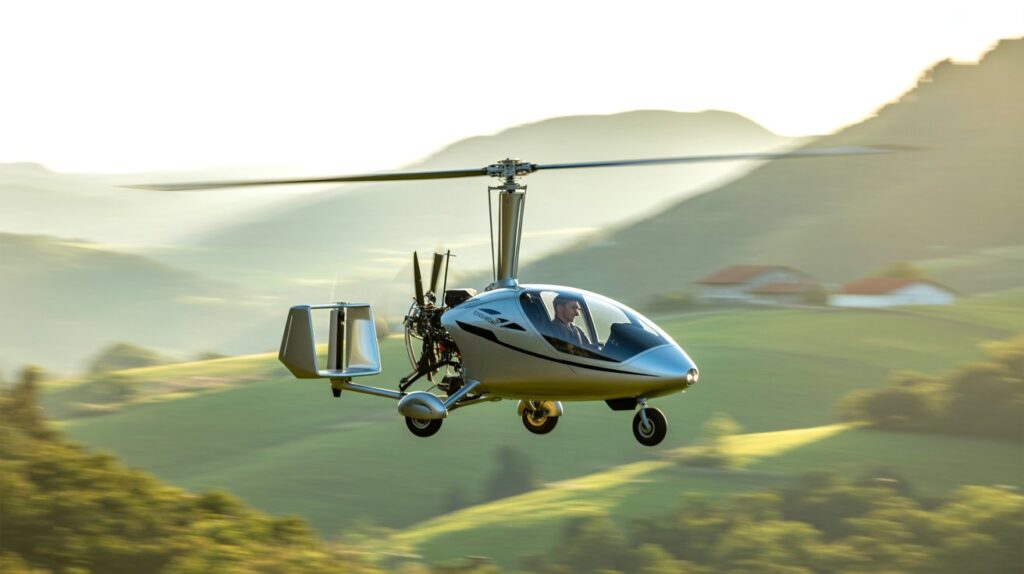
The Speed Factor: How Fast Can Gyrocopters Go?
When it comes to speed, gyrocopters may not compete with high-performance airplanes or helicopters, but they still offer impressive capabilities.
Typically, a gyrocopter can reach speeds ranging from 60 to 100 knots, and can reach at least 300 to 1700 miles depending on the model and design. This speed is sufficient for most recreational flying and allows pilots to cover considerable distances in a relatively short amount of time.
As I consider the thrill of soaring through the skies, I can appreciate how this speed can enhance the overall flying experience. However, it’s essential to recognize that speed is not the sole measure of a gyrocopter’s performance.
The unique flight characteristics of these aircraft allow for a different kind of enjoyment—one that emphasizes maneuverability and responsiveness rather than sheer velocity.
As I reflect on my own experiences in the air, I realize that the joy of flying a gyrocopter lies not just in how fast it can go but in how it feels to navigate the open skies with such agility.
Exploring the Range: How Far Can Gyrocopters Travel?
The range of a gyrocopter is another critical aspect that piques my interest. Generally, these aircraft can travel between 200 to 500 nautical miles on a single tank of fuel, depending on factors such as weight, weather conditions, and cruising speed.
This range makes them suitable for short to medium-distance flights, allowing pilots to explore new destinations without the need for frequent refueling stops.
As I think about the possibilities, I can envision embarking on scenic journeys that take me over breathtaking landscapes.
Moreover, the efficiency of gyrocopters contributes significantly to their range capabilities. With their ability to glide and maintain altitude with minimal power, they can conserve fuel during flight.
This efficiency not only extends their range but also enhances the overall flying experience by allowing for longer excursions without the constant worry of running low on fuel.
The prospect of exploring vast areas while enjoying the freedom of flight is undeniably appealing. For more information, visit AOPA.
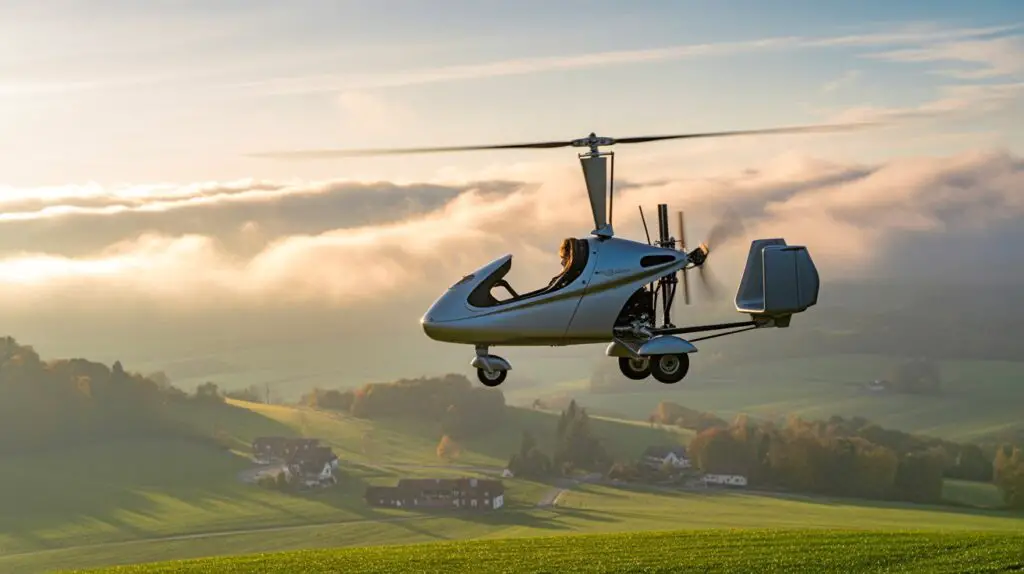
Factors Affecting Speed and Range of Gyrocopters
Several factors influence the speed and range of gyrocopters, and understanding these elements is crucial for any pilot looking to optimize their flying experience.
One primary factor is the weight of the aircraft; heavier loads can significantly impact both speed and fuel efficiency.
As I consider my own flying habits, I realize that careful planning regarding cargo and passenger weight can make a substantial difference in performance.
Weather conditions also play a vital role in determining how fast and far a gyrocopter can travel.
Wind speed and direction can either aid or hinder progress, while temperature and altitude can affect engine performance and lift generation.
As I reflect on my experiences in varying weather conditions, I recognize the importance of adapting my flying strategies to ensure safe and efficient travel.
By being mindful of these factors, I can enhance my overall flying experience and make informed decisions during my journeys.
Maximizing Speed and Range: Tips for Gyrocopter Pilots
For those of us who are passionate about flying gyrocopters, there are several strategies we can employ to maximize both speed and range.
One effective approach is to maintain an optimal cruising speed that balances fuel consumption with travel time. By finding this sweet spot, I can ensure that my flights are both efficient and enjoyable.
Additionally, regular maintenance checks on the aircraft can help ensure that everything is functioning optimally, which directly impacts performance.
Another tip is to plan flights during favorable weather conditions whenever possible. Flying on calm days with minimal wind can significantly enhance both speed and range, allowing me to make the most out of each journey.
Furthermore, staying informed about advancements in gyrocopter technology can provide insights into new techniques or equipment that may improve performance. By continuously seeking knowledge and refining my skills, I can elevate my flying experience to new heights.
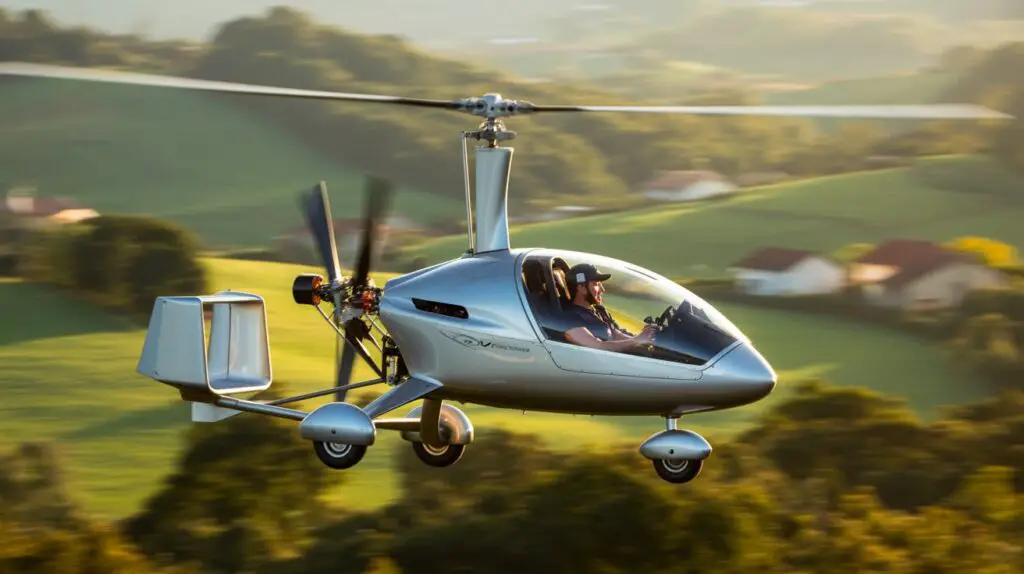
Comparing Gyrocopter Speed and Range to Other Aircraft
When comparing gyrocopters to other types of aircraft, it becomes clear that each has its unique advantages and limitations.
For instance, while commercial airplanes can achieve much higher speeds often exceeding 500 knots their operational requirements make them less accessible for casual pilots like myself.
In contrast, gyrocopters offer a more intimate flying experience at lower speeds but with greater maneuverability and ease of use.
Similarly, when juxtaposed with traditional helicopters, gyrocopters often have superior fuel efficiency and lower operating costs.
While helicopters can hover and perform vertical takeoffs, gyrocopters excel in providing a stable flight experience with less complexity in their design.
As I reflect on these comparisons, I appreciate how each type of aircraft serves different purposes and appeals to various preferences within the aviation community.
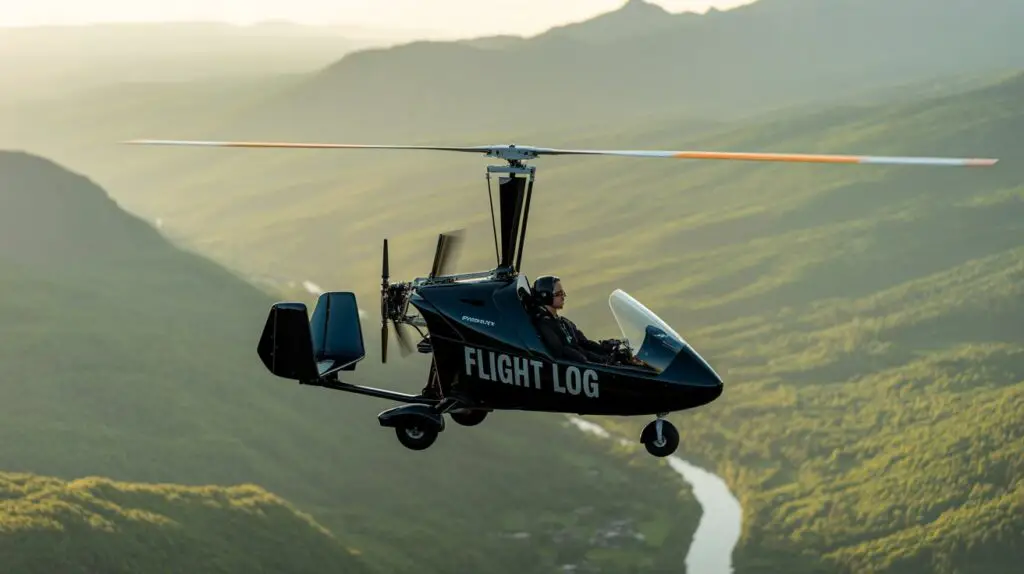
My Conclusion
Looking ahead, the future of gyrocopters appears promising as advancements in technology continue to emerge. Innovations in materials science are leading to lighter yet stronger components, which could enhance both speed and range capabilities significantly.
As I ponder these developments, I am excited about the potential for new models that could redefine what we expect from gyrocopters.
Additionally, advancements in engine technology may lead to more efficient powerplants that provide greater thrust while consuming less fuel. This could result in longer flight times and increased operational ranges for pilots like myself.
As I keep an eye on these trends, I am filled with anticipation for what lies ahead in the world of gyrocopters—an evolution that promises to make flying even more exhilarating and accessible for enthusiasts around the globe.

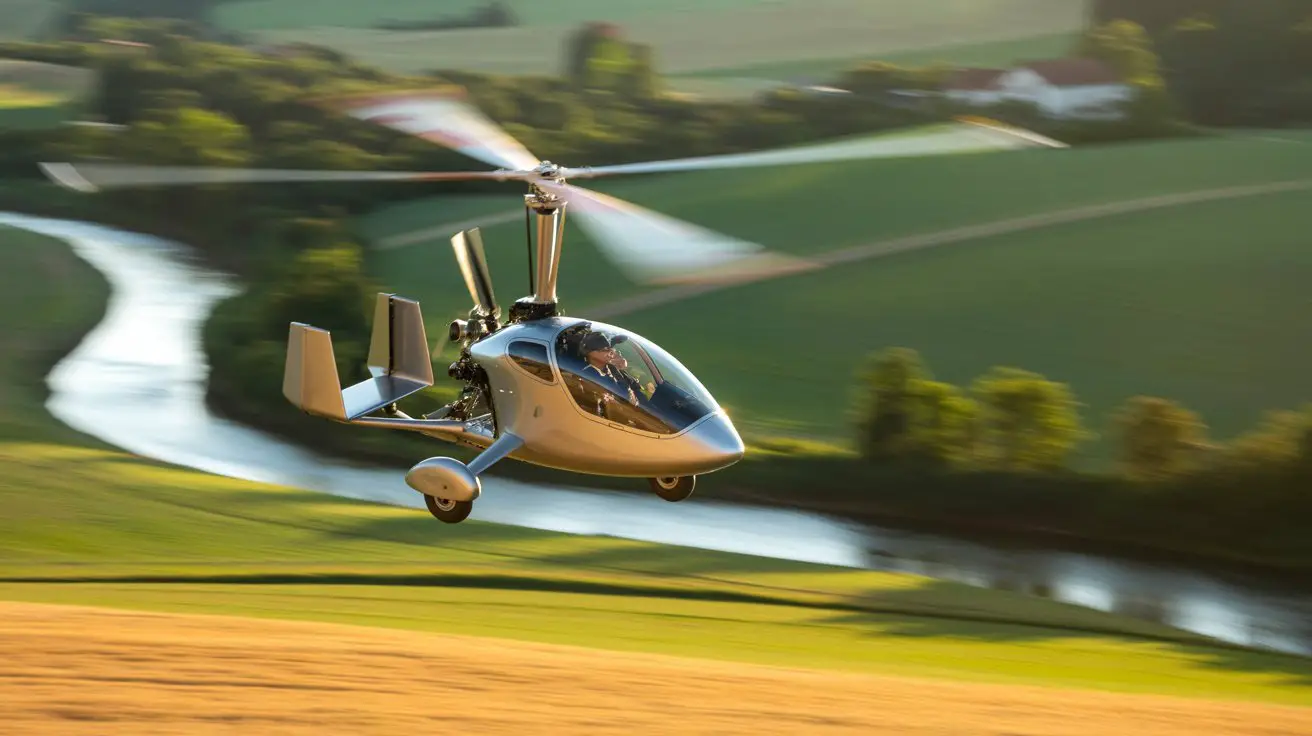





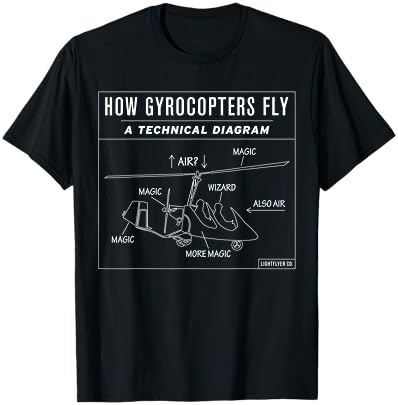





Leave a Reply